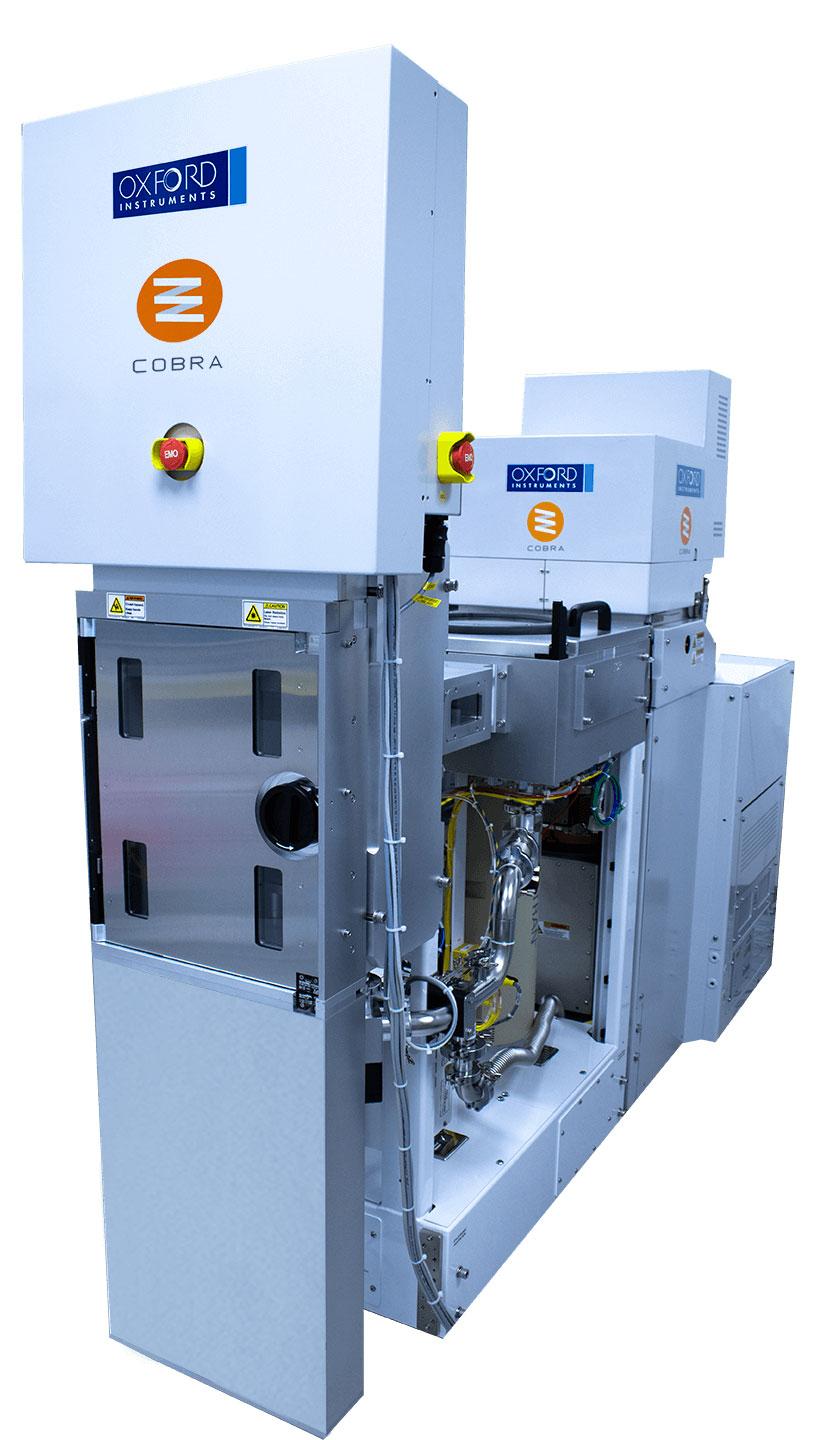(Original Article:
LINK) In August, Photonics Center received a new business resident as Chipmetrics Oy moved to the centre's premises. Founded in 2019, the company has started its business rapidly: last year's turnover was already over EUR 700,000.
Chipmetrics’ CEO Mikko Utriainen is looking forward to testing Photonics Center’s potential as a research and development environment. The centre offers a range of equipment that is ideal for Chipmetrics’ needs, such as an ALD reactor, which can be used to test the functionality of products.
“It is also an enormous help to have the personnel of the University of Eastern Finland available for support at an hourly rate. Photonics Center’s equipment is demanding and requires highly skilled professionals. As a whole, the greatest benefit is certainly that all these resources are available in one place. No facilities of the same standard can be found in Eastern Finland; in fact, the only option in Finland would have been to transfer the company’s operations to Helsinki.”
Of the individual Photonics Center resources, the most important attraction factor for Chipmetrics was cleanrooms.
“The handling and development of our products must all be done in cleanrooms, as is typical in the semiconductor industry. That is why they are a necessity for a company like us.”
Measurement solution to increase efficiency in processes worth billions
Chipmetrics specialises in ALD technology. ALD stands for atomic layer deposition, which enablesmeans coating three-dimensional objects with thin film structures. ALD is a growing sector: according to Utriainen, the global market is approaching EUR 3 billion.
“ALD is used, for example, in semiconductor components, batteries and optical filters with 3D structures that are difficult to implement and coat. A smooth uniform thin film coating is very difficult, but it is even more difficult to measure whether the coating is really uniform smooth.”
Chipmetrics’ PillarHall solution is capable of very accurate measurement, enabling semiconductor manufacturers to enhance their own processes. Even small improvements can be valuable.
“The investments made by giant electronics companies are often in billions. A manufacturer of semiconductor equipment, which is best able to demonstrate its technical performance, can win a significantly sizeable deal in a big chip manufacturer’s factory investment. It is often important for our customer companies to be able to demonstrate to their own customers how well they can achieve a functioning process,” Utriainen explains.
Investors getting interested
Chipmetrics is a spinoff company that originated from a VTT research project. Utriainen was involved in the development of technology already at VTT. The company was established in 2019 and operational activities began at the end of 2020 when IPR rights were transferred to Chipmetrics.
The first full financial year was already good for the company: turnover was EUR 703,000 and profit was EUR 84,000. Chipmetrics just recently finished its start-upseed funding round, which netted EUR 340,000 for the company. The round was led by the North Karelia Growth Fund and four private investors. With the help of new funding, CEO Utriainen plans to develop the company’s product portfolio and expand the international sales network.
“ALD technology is complex, and it has been one of the key challenges for investors: sponsors naturally want to understand what they are participating in. We have now got investors involved in Finland, which also increases interest abroad.”
“It is our pleasure to welcome Chipmetrics to Photonics Center,” says Pauliina Pikkujämsä, Director of Business Services at Business Joensuu. “Photonics is one of the top industries in Joensuu, and Photonics Center is a direct investment in the operations of companies that manufacture or utilise photonics. ALD technology, the field of Chipmetrics, also has huge growth potential internationally. We’d like to have more such growth companies in the Joensuu region.”
Further information:
Pauliina Pikkujämsä
Business Services Director, Invest In and Relocation Services, pauliina.pikkujamsa@businessjoensuu.fi, +358 40,743 4362
Mikko Utriainen
Chipmetrics Oy, CEO, mikko.utriainen@chipmetrics.com, +358 40,753 7415
Business Joensuu
Business Joensuu Oy offers services for launching companies, growth and internationalisation, investing and setting up operations in an area, and space and event services of the Joensuu Science Park. Business Joensuu also produces growth and competitiveness programmes which create the best conditions for companies to operate in the Joensuu area.
Chipmetrics
Chipmetrics Oy is an ALD (Atomic Layer Deposition) technology company. Chipmetrics is the market leader in delivering productised nanotechnological high aspect ratio test structures to the semiconductor industry and emerging ALD applications. Chipmetrics’ headquarters are located in Joensuu. Further information: www.chipmetrics.com
Picture credits: Chipmetrics Oy



%20(1).png)



























